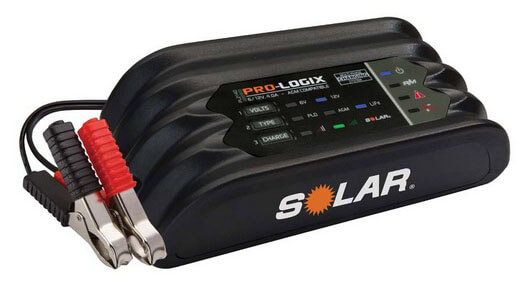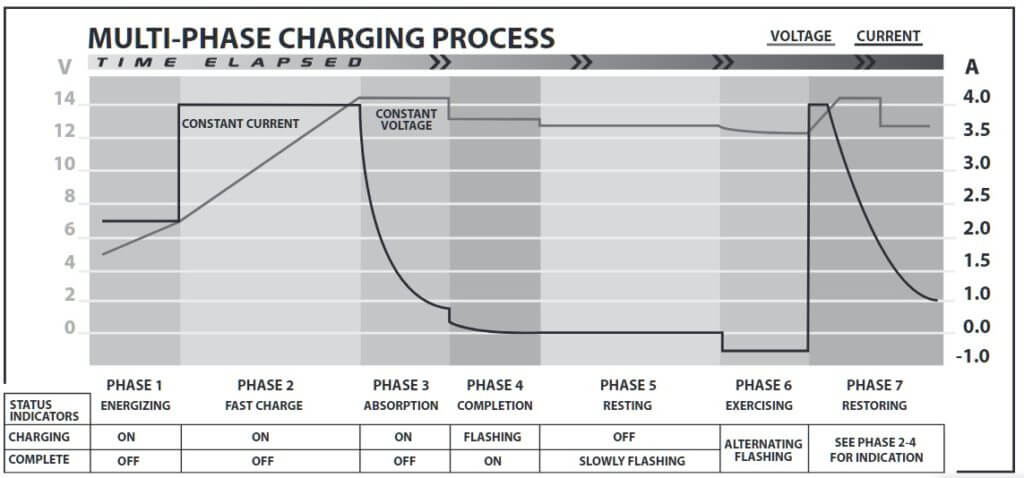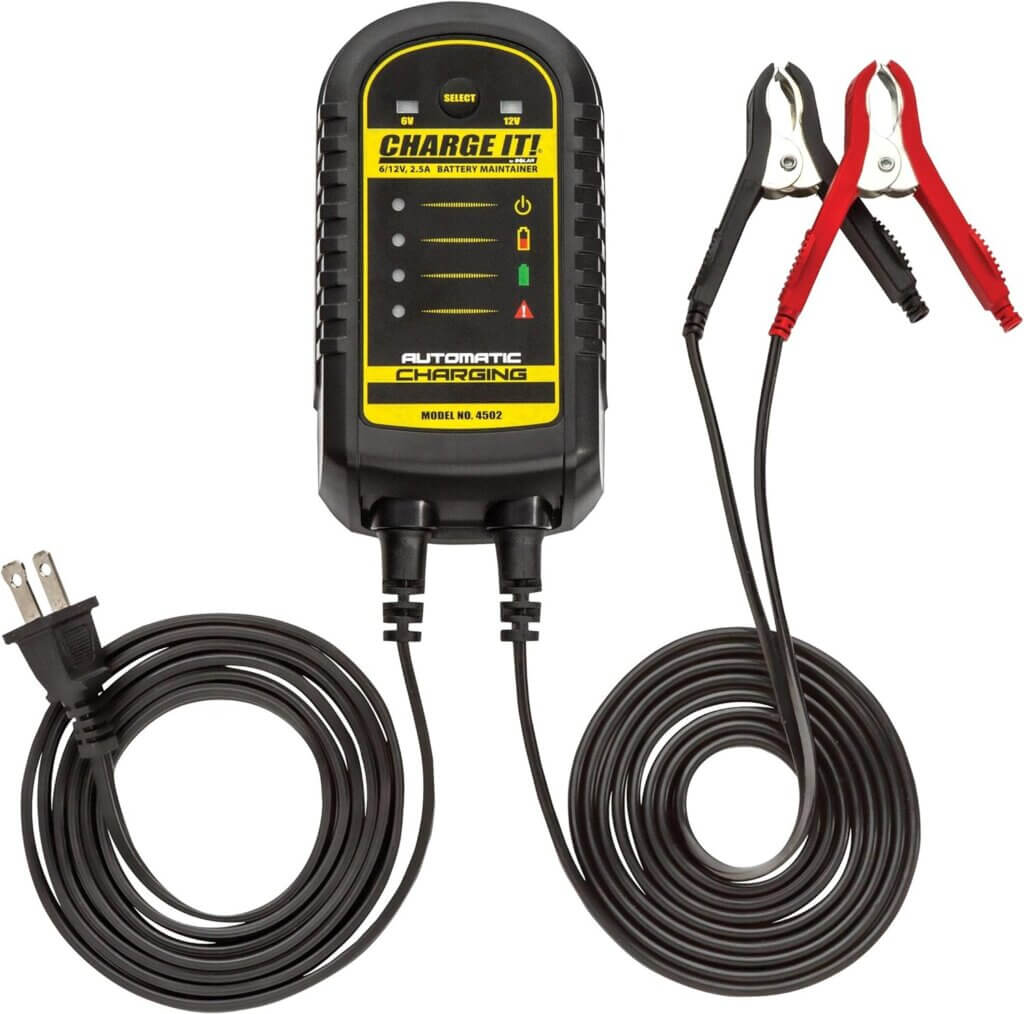Battery Maintainer vs Trickle Charger: Understanding the Difference
What’s the difference between a battery maintainer versus a trickle charger?
DIYers are often confused over the terms Battery maintainer versus trickle charger or float charger. All are designed to maintain a charge on a battery when it’s not being used and recharged by the car, truck or boat charging system. But there is a difference between the three charger types. I’ll review the differences and explain why a battery maintainer is the better choice of the three types.
What is a trickle battery charger?
Trickle battery chargers work by providing a very small (sometimes less than 0.03-amps) of constant current to the battery to maintain its capacity. A trickle charger is not designed and should not be used to recharge a completely discharged battery. Its sole purpose is to maintain a battery at its full state of charge, over a long period, by replacing the amount of the battery lost through normal self-discharge.
Normally, trickle chargers don’t contain voltage-regulation circuitry, so the small current, when used over a long period may cause lead plate grid corrosion, ultimately damaging the battery.
What is a float charger?
Unlike trickle chargers that supply a constant low current (low amps), float chargers maintain the battery at a full charge by supplying a constant voltage that is slightly higher than open-circuit, but lower than a typical charge voltage. This causes a very small current to flow. At the ideal voltage, a float charger causes less lead plate grid corrosion when compared to a trickle charger.
What is a battery maintainer?
A battery maintainer is a combination

Clore/Solar ProLogix PL2140 battery maintainer
of a trickle charger, float charger, and a normal battery charger. When first connected, it tests the battery’s voltage and internal resistance to determine the state of charge and condition. Based on its findings, the battery maintainer determines the proper charging voltage and current to bring the battery back to a full state of charge while reversing any battery sulfation that may have occurred. Once the battery is fully charged, the battery maintainer stops its charging routine and begins monitoring battery voltage and resistance.
Since batteries self-discharge at the rate of up to 4% per month, the battery maintainer remains in a standby state until the voltage falls to a set level, at which point it activates to recharge the battery to a full state of charge.
Example of a Clore/Solar ProLogix battery maintainer
The Clore/Solar ProLogix PL2140 battery maintainer uses a proprietary Multi-Stage charging process designed to optimally charge and maintain batteries.

PL2140 charging process
ENERGIZING PHASE
The charging process includes an initial energizing mode in which the charger determines the best charging path for the connected battery. From there, the charger can enter the Fast Charge stage (most cases), Soft Start Mode, Battery Recondition Mode or stop the charging routine because unsafe battery conditions (short, etc.) are detected.
SOFT START MODE
Soft Start Mode is activated when the charger is connected to a deeply discharged battery. This mode protects the battery during the initial charge period, as the battery’s voltage rises to a more normal level, and is beneficial for the long-term health of the battery.
BATTERY RECONDITION MODE
During the Energizing Phase, if the charger detects the presence of battery sulfation, it will activate this mode. If this occurs, the CHARGING LED will flash. This indicates the charge time will be extended while the charger attempts to recondition the battery.
PHASES 5-7: IDEAL BATTERY MAINTENANCE
A key feature of this charger is how it manages a battery that remains on the charger after a complete charge has been achieved, such as during the storage of a seasonal use vehicle. Once the charger reaches the Resting Phase, its output is virtually turned off, except to occasionally monitor battery condition. This is beneficial for the connected battery, as it reduces chemical reactions within the battery compared to traditional charger maintenance modes. This greatly reduces the chance of damaging a battery in long-term storage. In the resting phase, the charger will enter a low power mode, when only the green “Complete” LED flashes slowly. To resume normal operation, press any key to reactivate the display. In addition, in Phase 6 Exercising, we introduce a load on the battery, simulate active use, and then recharge the battery.
For all uses a battery maintainer outperforms the other types
By constantly monitoring the battery’s condition and
adapting the charge to meet the battery’s needs, a battery maintainer is a much better choice than a trickle charger or float charger.
©, 2020 Rick Muscoplat

